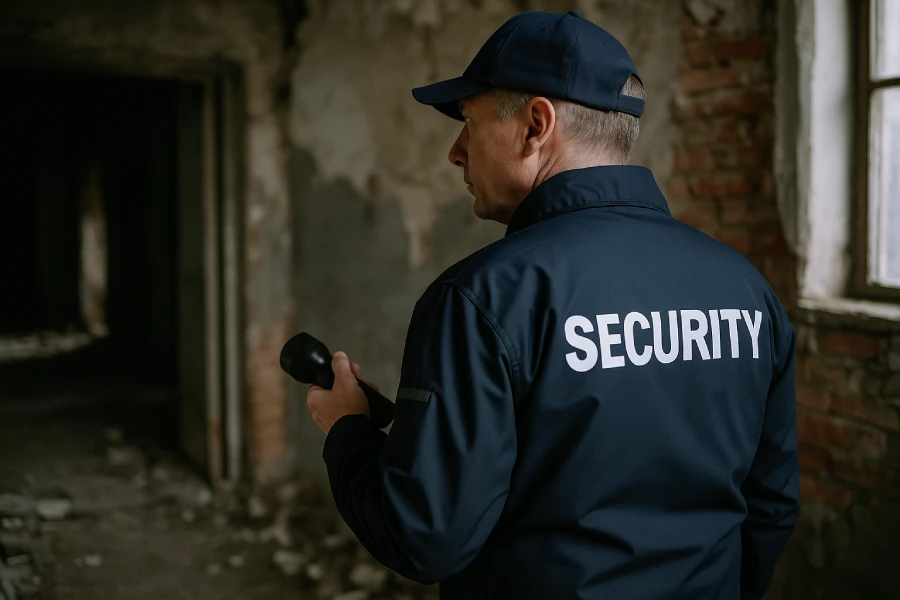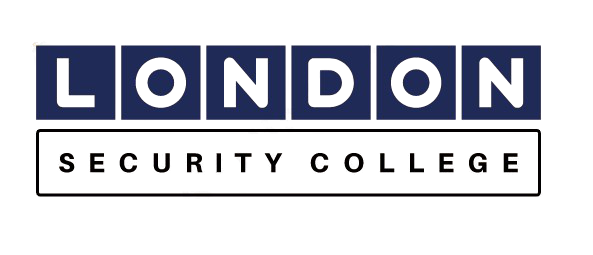Employer vs Employee Responsibilities
When it comes to health and safety in the workplace, both employers and employees share important responsibilities. Understanding these roles helps keep everyone safe, ensures compliance with the law, and protects your career as a licenced security officer.
Why Responsibilities Matter
Slips, trips and falls may seem minor, but they account for over 30% of all reported major workplace injuries in the UK (HSE data). For security officers, these are not just statistics—they’re daily realities. You are often the first to walk the site, the first to notice a hazard, and the first to act. When responsibilities are not clear—or ignored—the risks multiply. Hazards that are left unattended don’t just put members of the public at risk, they also put your employer in breach of health and safety law and can directly affect your SIA licence, reputation, and livelihood. That’s why it’s essential to know where your role ends, where your employer’s role begins, and how the two work together.
Employer Responsibilities
Employers have a legal duty of care under the Health and Safety at Work Act 1974 and related regulations. Their role goes far beyond simply hiring staff—they must actively create and maintain safe environments. This includes:
Providing a safe working environment – ensuring walkways are kept clear, lighting is adequate, and flooring is well maintained. Poor housekeeping by employers is one of the biggest contributors to slips and trips.
Carrying out risk assessments – identifying hazards such as wet floors, uneven surfaces, poorly lit stairwells, or loose cables, and documenting how these risks will be managed.
Implementing safe systems of work – such as clear procedures for cleaning spills, isolating hazards, and communicating risks effectively to staff and contractors.
Providing training and equipment – from structured hazard awareness sessions and first-aid training to issuing non-slip footwear or PPE when required.
Monitoring and reviewing – regularly checking that systems are working in practice and making improvements when incidents occur. This often involves aligning with industry standards like BS 7499 (Guarding Practices), BS 10800 (Service Delivery), and external certifications such as NSI Guarding Gold.

Tip for Officers: If you notice that your employer’s systems aren’t being followed—for example, no signage for wet floors—speak up. Safety is a two-way street.
Employee Responsibilities (That’s You!)
As a licenced officer, you’re not just a bystander—you are a crucial part of your employer’s safety system. Under both the SIA Code of Conduct and HSE regulations, you must play your part in preventing slips, trips and falls. Your responsibilities include:
Following training and procedures – demonstrating that you can apply what you’ve learned in real-world situations, whether that’s donning PPE, logging hazards accurately, or enforcing exclusion zones around dangerous areas.
Staying alert and proactive – your patrol is not just about watching for threats like theft or anti-social behaviour. Spotting hazards such as wet patches, trailing wires, or cluttered exits is equally vital.
Reporting hazards immediately – timely reporting is essential. Don’t leave hazards for “later.” Use the correct system, whether it’s a radio call, a digital log, or completing paperwork, to make sure the hazard is dealt with.
Protecting yourself and others – by following procedures, you minimise risks for everyone. Cutting corners, like ignoring a spillage, could result in an injury that has serious consequences.
Acting professionally – professionalism is about consistency. Clients and employers notice officers who take health and safety seriously, and this sets you apart as reliable and competent.

Tip for Officers: Think of yourself as the eyes and ears on the ground. Your employer can’t be everywhere, but you can spot the hazard before it causes harm.
Real-World Example
Imagine you’re working in a busy shopping centre on a Saturday afternoon. A child knocks over a soft drink, and it spills across the polished marble floor.
Employer’s role: They’ve already trained staff on spill response, provided wet floor signs, and ensured there is a cleaning rota in place. These systems are in place because they are legally required and demonstrate compliance with HSE standards.
Your role: On patrol, you spot the spill before anyone else. You place a wet floor sign to warn the public, radio for cleaning support, and remain nearby to redirect foot traffic until the hazard is resolved.
Result if done correctly: The hazard is controlled quickly, no one is injured, and you demonstrate your professionalism while protecting your employer’s reputation.
If ignored: A member of the public slips and fractures a wrist. The employer now faces an HSE investigation, possible fines, and a civil claim for damages. You may also face questions about why you failed to act when you clearly saw the hazard.
Consequences of Getting It Wrong
The consequences of neglecting responsibilities can be serious for everyone involved:
For Employers: Failure to comply with health and safety laws can lead to hefty fines, criminal prosecution, reputational damage, and the potential loss of contracts. Clients expect high standards, and poor safety practices can drive them away.
For Employees (You): Not acting on a hazard could lead to disciplinary action, written warnings, or even dismissal. In extreme cases, negligence could put your SIA licence at risk, which would affect your ability to continue working in the industry.
For Clients and the Public: Injuries caused by slips, trips and falls can result in long-term health problems, compensation claims, and a loss of trust in the organisation you represent.
Building a Strong Safety Partnership
Health and safety is most effective when employers and employees work together as a team. Employers can write policies and provide training, but without officers applying them on the ground, those systems don’t work. Similarly, officers rely on employers to provide the right tools and resources to act effectively.
For example, if your employer installs CCTV to monitor high-risk areas but you fail to report that a floor is wet, the system has already failed. On the other hand, if you report a hazard but your employer doesn’t supply signage or arrange cleaning support, the risk remains unmanaged. True safety requires partnership.
Communication is key: Report hazards clearly and quickly. Don’t assume someone else has noticed.
Feedback works both ways: If training is unclear or equipment is missing, speak up—your input helps improve systems.
Lead by example: When colleagues see you take hazards seriously, they’re more likely to follow suit.
Trust builds safety culture: Clients and the public notice when a team works together seamlessly to keep people safe.
Tip: Think of health and safety as a chain—employer and employee are two vital links. If one fails, the chain breaks, and accidents happen. Keep your link strong.
Key Considerations for Security Officers
Your employer must provide the systems, training, and resources to keep the workplace safe.
You must use those systems, follow the training, and take action on hazards as they arise.
Compliance is not just a tick-box exercise—it is proof of professionalism and accountability.
Every hazard you identify and report contributes to the overall safety of your site, strengthens client trust, and safeguards your own career.
Final Tip: The best officers don’t just wait for accidents to happen—they prevent them by owning their responsibilities and working alongside their employer.

